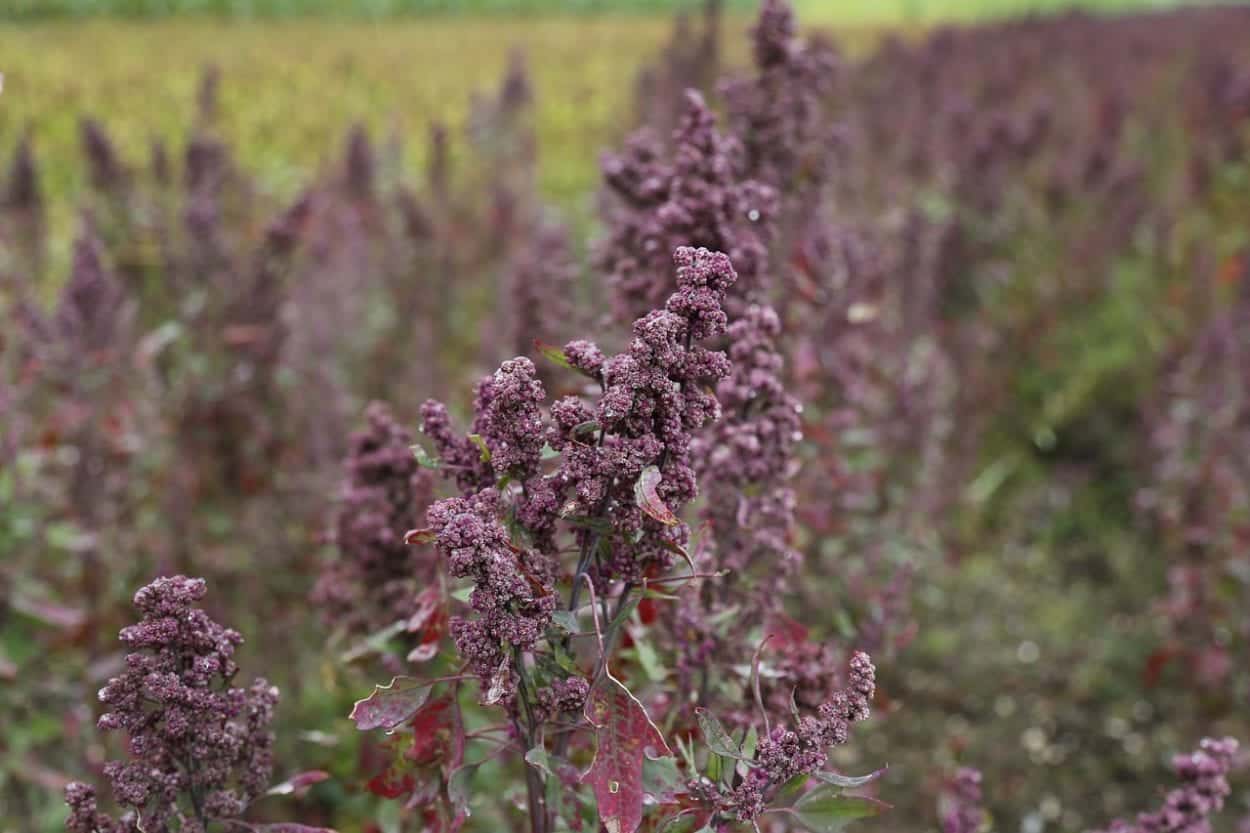Six hundred kilometers south of Lake Titicaca and more than 3700 m above sea level, the Intersalar region, between the two large salt lakes of Uyuni and Coipasa, is dotted with fields of quinoa and numerous communities.
Today, this region is the main producer of this pseudo cereal that is exported throughout the world. Close to these villages, numerous archaeological settlement sites bear witness to an ancient human occupation, dating from between the 13th and 15th centuries. Within an area of 60 x 40 km, the researchers studied 48 sites, at which they identified more than 4500 archaeological granaries that were used for quinoa storage. But, was the climate at that time similar to the current climate?
All climate proxies agree and characterize the period from 1200-1450 CE as dry. Within this drier time interval, the rise of rainfed agriculture in the southern altiplano coincided with a catastrophic volcanic event, the eruption of the Samalas Volcano in Indonesia (1257 CE), that initiated climatic changes lasting several decades, with drops in temperature and precipitation on a global scale.
“The massive success of agricultural production in such an unfavorable environment is very surprising,” says Richard Joffre ecologist at the CNRS. “It can only be explained by the development of very specific and detailed environmental knowledge that aimed to save water and avoid frost, and by the mastery of a set of agricultural practices by this pre-Hispanic society. Many micro-terraces are discernible. We mapped more than 1500 hectares of them. Moreover, very few traces of irrigation systems have been found. Production here was based on an unirrigated agricultural system, something remarkable in these arid conditions.”
Moreover, according to Pablo Cruz, an anthropologist with CONICET, “the distribution of granaries at the sites and the management of agricultural land all indicate a non-centralized agrarian system. We found no material signs of the centralization of power or the presence of a governing elite.”
Thierry Winkel, an ecologist with the IRD, points out “that similar production systems continue to be employed in the indigenous communities of Bolivia’s southern altiplano today, providing quinoa producers social and productive resilience in the face of current climate and socio-economic changes…”
Did this particular social and productive organization make it easier for this society to adapt to the worsening climate recorded at that time? The authors of this study propose this stimulating hypothesis. The authors highlight that “these principles of decentralization and self-organization are proving to be an effective response in terms of adaptive strategies in the face of environmental adversity.”
Image Credit – Public Domain







